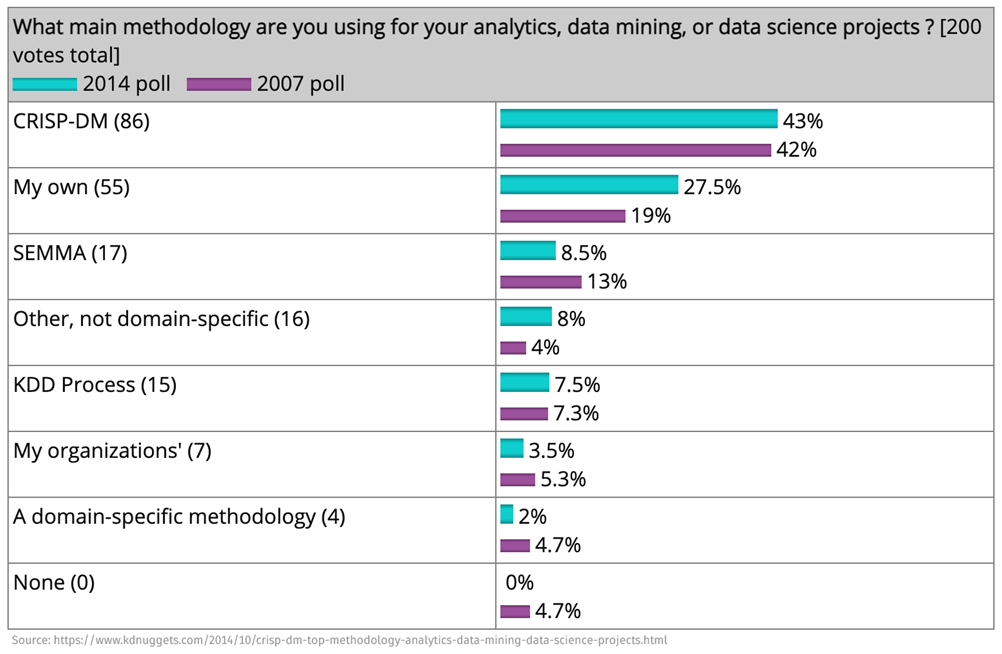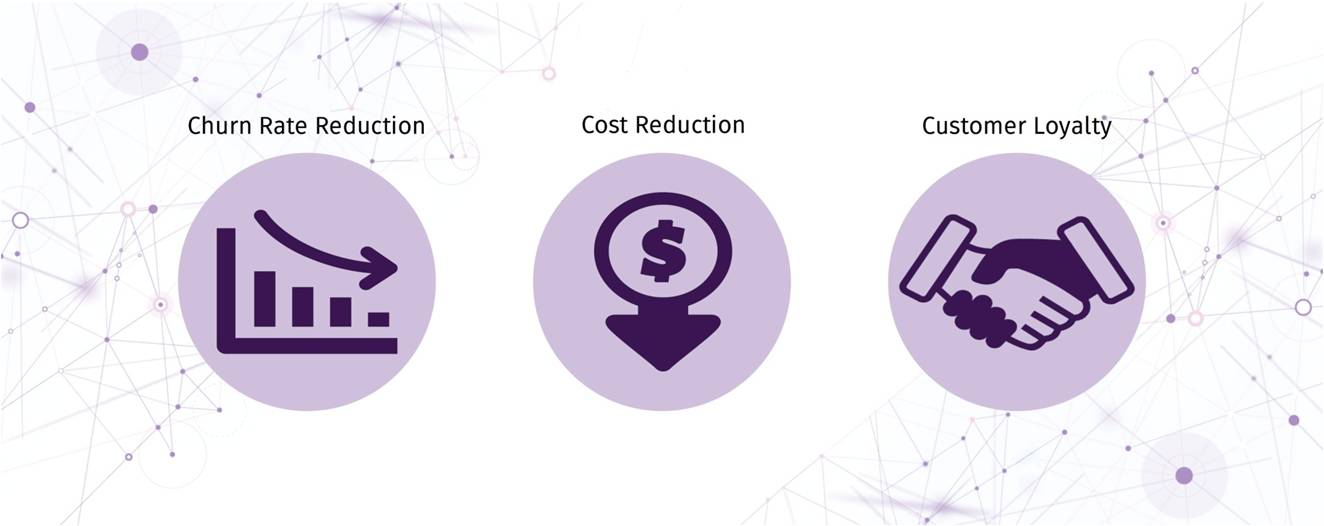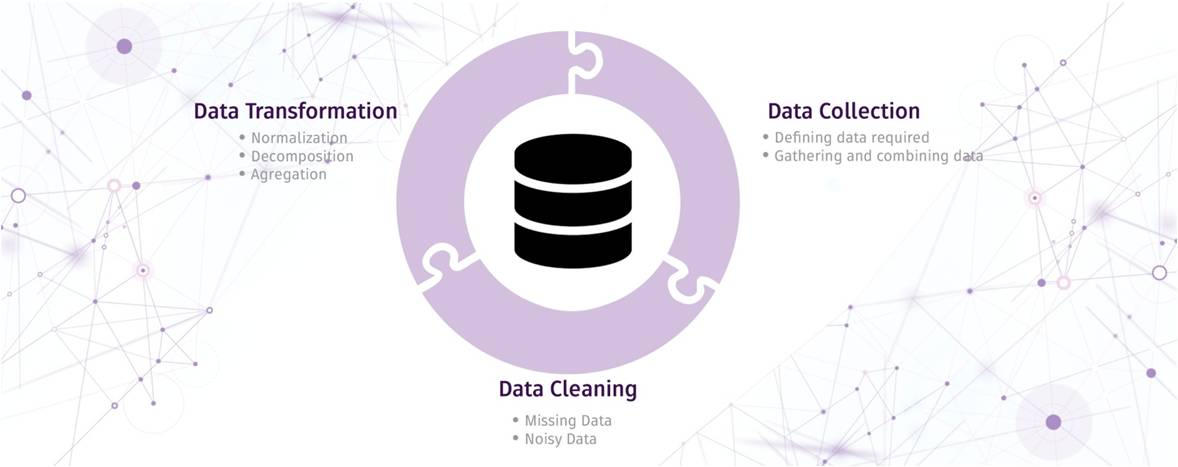Workshop Process and Steps

It’s essential for us to get to the bottom of your company’s needs and objectives. The on-demand and customizable workshop features a number of activities to set us in the right direction for the solution.
Each on-demand workshop is unique and allows us to collaboratively tailor the solution that fulfills your needs.
The workshop can be conducted either in-person or virtually.
Workshop details:
1 to 5 workshops delivered, depending on the client’s needs;
1-2 hours duration of each workshop;
Executed in a maximum period of two months
During the workshop we will:


Our process is based on the CRISP-DM (Cross-Industry Standard Process for Data Mining) methodology, which consists of 6 steps to conceive a Data Mining project and it's capable of transforming a large number of company data into knowledge and managerial information.
CRISP-DM is one of the most used methodologies in data science projects as we can see in this poll, conducted between 2007 and 2014.


Data Science is the most recommended solution for achieve knowledge and detect patterns. They transform a great data number into knowledge, capable to improve business decisions. Understand what is churn, cross and upselling and using them in favor of your company, or detect object in vídeo or image, or extract intetetions insound, are success exemple scenarios. They detail data which provide new insights, increasing the possibility of more revenue from an existing base. It's a win-win process that can power up your company.
To be successful, Data Science requires two major traits: focus and prioritization. Its success requires both the IT and Line of Business leaders to focus on what’s important to the business, and prioritize “important” over “urgent.”
To achieve the biggest financial success in this business, have a plan and the organizational discipline to do the important things first. Then, iron out your needs to seek for solutions and consequently, a better business development..
The main focus here is to prioritize the business cases identified by balancing importance, data availability and complexity.

Once we have identified the business needs, we will collect data and prepare them for the next steps. We will verify the need for specific access to some data, and we will carry out an initial quality assessment.

Improves business workflow and accurate data, enables market analysis, competitor analysis, pricing or cost optimization. These are some Data Collection benefits which can be time-consuming and expensive. The main goal is to clean data with low quality, prepare the features for modelling and create/derive new features that can resume or better represent the business. To perform a good data analysis, it is necessary to gather qualitative and relevant information from diversified resources. It is done by using advanced techniques to collect large quantities of data and perform accurate analytics insights.
Data analysis allows businesses to get their data collected, processed and presented to them in the form of actionable insights. It delivers statistics that detect connections between the data sets and can be customized to meet your business needs, such as reducing decision-making time or increasing transparency.
There are many fields in which it is applied; from HR, Manufacturing to Supply Analytics. Employee hiring strategy, equipment maintenance scheduling and identifying demand drivers, consumer demand forecasting and planning are a few of them.
In this step, our main target is to perform some descriptive analysis, identify main features or characteristics and detect correlations. The future of any database relies on how the data is modelled and the assurance that all will be successfully integrated with each other. Building, evaluating, deploying, and monitoring machine learning models can be a complex process and data analyses have a consderable importance to reduce this time providing directions.

Modelling is a very interactive process, which can lead to taking steps back and repeating the previous steps. But in this part the main task is to create several models using machine learning or data mining techniques, like decision trees or neuronal networks, to evaluate each result, make some tuning and re-execute, until we find the most suitable model to deploy.
In this stage we will be able to compare results between the several techniques that are used, depending on the process target: if it is to perform classification or regression, for example.
After conducting valuable machine learning techniques, we capture the most relevant results to ensure that decision-makers understand them, in order to make sound decisions. Here, we identify which model best meets the objectives and be able to take decisions relative to the next steps. It is time also to describe the process to clearly communicate the analysis’ results, by presenting tables, graphs, and charts that convey information quickly and concisely. Additionally, the most appropriate methods are applied to allow your evaluation, both quantitative and qualitative, of the results. At the end of this session you will be empowered with information to decide to continue this initiative or not. This means, to decide if the quality of the results are important and should be the base for development and deploy of a technical solution in your systems and/or processes.
This service ends here, the construction and implementation of the model based on the findings is not part of the workshop and must be contracted separately.
Next steps: the construction of a technical solution and consequent deployment goes through a project life-cycle execution. The entire project can be executed and/or managed by AiTecServ.